Last Updated on July 26, 2021

NOTE: This piece was originally posted on 04/15/2009, being that the film is coming out soon we’re bumping it up for those who missed it!
When I went down to Georgia to visit the set of THE CRAZIES, my time on the set was truncated due to weather problems and bad luck (if you read my set visit article, you’ve heard me whine about it). As a result, I didn’t get a chance to talk to director Breck Eisner as most of the other journalists attending did. But, thanks to his generosity – and the work of the good people at Overture – I was able to talk to him on the phone for about 15 minutes just the other day. To say he’s excited and passionate about his new film (his first major motion picture since 2005’s SAHARA) is to understate it, as you will hopefully be able to surmise below…

In regards to the original CRAZIES, can you tell us how it’s similar to Romero’s film, and how it’s different? Also, how you came to choose the gig?
Eisner: For me, the movie is more of a re-imagining than a remake. In the original, the point of view is split between the military and the townsfolk. Almost half the movie – not quite half – is from the military’s point of view. And one of the decisions we made early was we didn’t want to do the military’s point of view. When I first came in, the script they presented to me, the Scott Kosar draft, had a big percentage of the story told from the military’s point of view, and it ended up feeling action-y more than horror and terror. I thought to redevelop the movie in a way that was really told from the town’s point of view, and from the sheriff and his wife’s point of view. What made that interesting is that it put all these different forces directly in conflict with our heroes. Whether it’s the military, whether it’s fear of getting the disease, whether it’s the other inhabitants of the town who have been infected; it gives these four people these incredible, insurmountable odds to survive and get out of this town…The movie is similar to Romero’s movie in that it’s the same concept, it’s the same idea, and it’s playing with a lot of the same themes. The core idea of the original CRAZIES is still very much intact, and the tone of the movie is very much intact, the main difference being the point of view.
And the other question you asked me, why was it something I wanted to do? I’ve always been a fan of Romero’s work, and I knew the movie – not well – I had seen it once in high school years before it was brought to my attention, so I remembered the idea but not necessarily the movie, and I remember liking the idea, and I watched the movie again. It was obviously a movie that had limitations, I think he had about two-hundred seventy-five grand to make the movie originally, so he was really suffering – in terms of execution – from extremely limited means. For me, that was one of the reasons I wanted to remake it. It’s not that this is a big budget movie, it’s not, but it’s not two-hundred seventy-five dollar movie, and being able to give it a little more scale, to really be able to create the mechanism of the machine of the military in a slightly bigger way, to be able to design these infected crazy people in a way that’s not just performance but also a physical manifestation of the disease… It allowed us to do some things that Romero wasn’t able to do originally.

Can you go into a bit of detail about the design of the Crazies?
Eisner: It was a pretty long process, designing these guys. There’s a guy named Rob Hall from Almost Human who was in charge of that. We hired him to do the look and to execute the look. He’s done a fantastic job on it. For me the number one thought in the design of it is that they’re not zombies. We’ve got to create a look that is signature, that is interesting, that is believable in this kind of exaggerated reality this movie is living in, but it’s not going to look like guys who have been feeding off of the brains of other people. So we did a lot of research. We spoke to the CDC about what potential diseases we could pull from in terms of designs that the government might’ve bioengineered in the ’80s or early ’90s that could’ve been turned into bio-weapons. We looked at things like tetanus, reference material just from tetanus, and like some of the other diseases, Stevens-Johnson syndrome and rabies a little bit but not much, but a bunch of other diseases. We had books and books of these really graphic and horrific images and we started picking and choosing from some of the best of the diseases — the best of the worst — and talked about how they would happen and how they would affect people and what diseases could affect the psyched of a person. And then we started doing 3D designs on the computer on faces and then actually the executions on real people. We did them at first and stepped back and looked at them and they looked like zombies! You know they had like these open sores around the mouth and eyes and suddenly there’s blood, and we just found ourselves going, “They’re zombies.” So we threw that away and started over and decided to use no blood and no open sores, and came up with some really interesting designs that are different, unique, but really I think are extremely well done and look interesting and are believable, again in this exaggerated reality that we are dealing with in the movie. And we then created a kind of a matrix of different levels of the disease starting from a one to five level. One being you’re just starting to get the disease [but] there’s not physical manifestation. It’s just a performance thing. All the way to five where it’s like an Ebola bleed-out where you’re into just a bleeding-out death. And then we created everywhere in between and for each character at each moment we gave them a number on this matrix about where they were in the craziness and [inaudible] about their physical and performance level to match.
Has there been any talk yet about how to market the film without audiences expecting a zombie movie?
Eisner: Hopefully in the execution they don’t seem like zombies. My whole concept of the Crazies is that you don’t lose your agenda, it just heightens your own personality to an exaggerated extreme way so that all people act differently. There’s no uniform desire for eating brains or whatever a zombie agenda might be. The agenda becomes individualized still even in this manic state. So if you’re a cop chasing a guy on PCP whose running at a thousand percent and a bullet doesn’t stop him and he’s still acting out some kind of heightened, insane agenda, that’s more of what we’ve been going with. So in terms of a point of view from Overture in terms of marketing, I know that they’re deep into it. I’ve had talks with them about it but we haven’t really gone into the depths of what the advertising campaign is other than I feel very strongly about making sure it’s not a zombie movie. There are a lot of zombies being made right now and a lot have come out and what I like about this movie is it’s not a zombie movie. It’s not. Humanity still exists even at this heightened state, and that’s one of the things about this movie. And I know it’s one of the things we’ve talked about in the marketing of it is that this could happen. The bio-military angle on this could exist. The danger of a bio-weapon being unleashed on a small population with the fear and danger of it spreading, that could really happen and those are all angles on things that I think the studio has been interested in marketing from.

Is there any political subtext, or a statement being made? Because it’s all over Romero’s film, and it’s very subversive. Is that going on in this one, or is it more of a straight-forward horror film?
Eisner: Definitely. It’s pretty hard to remake a Romero film and not have that in there. We were originally at Paramount, then it was at Rogue and finally ended up at Overture Films, but Overture is co-financing it with Participant. Participant – their whole idea is to make movies with a message, that’s all they do. And this is their first genre movie. So, clearly, there’s a message in there, they saw it and I see it as well. Romero made his movie in the shadow of Vietnam, it was a time of war and a time of economic strife, and I think it’s a pretty similar era that we’re existing in right now, which is you know, fighting two wars and its clearly had an effect on the times. It seemed to me that the time was right for this movie, and for this idea. For me, the military is a strong presence in the movie, we don’t shoot from the point of view of the military, but the military has a strong presence in the movie, and a very ruthless one. Conceptually, my feeling was I wanted to portray the military as a machine, as a mechanism used by the governement as a means to an end. The thing about it that we experiment with a bit with a character named Billy Babcock, he is the only real military character we meet, and he’s a foot soldier, he’s a private. When they’re in their suits, they look terrifying, really scary and impressive and really horrifying to look at. If you rip the mask off one of these kids, you have an 18 year old farm kid from Kentucky. Or from Kansas. And the idea of how these individuals get swept up in the machine that is the military, and how the individual gets lost in that machine, is one of the concepts we’re playing with in the movie.
What was the thinking on splitting up the time between Georgia and Iowa?
Eisner: There were a bunch of different reasons for splitting up. One of them was some of the mechanics of weather. It was too cold to shoot in Iowa on the dates we wanted to shoot, and the weather was good for Georgia. And also the tax breaks and the crew availability for some of the more complicated set piece stuff that we were doing in Georgia was more suited for Georgia, and the exteriors and the look is more suited for Iowa. Our Iowa portion of the shoot… the movie takes place in Iowa. And the exterior elements, most of the look of the place itself is shot here in Iowa. And most of the interior set piece kind of elements were shot in Georgia. So there were a lot of challenges for shooting because we had to shoot a lot of the set pieces and the finale before we shot the beginning of the movie. Which is always a challenge.
A Crazy-less Iowa…
Outside of the original movie, can you talk about other possible inspirations for your vision of THE CRAZIES?
Eisner: For me, one of the things I’ve loved is the epic landscape. That there are these small characters that live in these vast spaces. It’s one of the reasons we’re shooting in Iowa. We looked at a couple places, we looked at Texas, and Winnepig, and Oklahoma, we looked all over the place for these epic landscapes. And Iowa I like the gothic feel of it this time of year, it’s very stark, and it’s clearly a very rural place. One of the things I love about this movie, is that there’s no place for the characters to hide. They’re not locked in a box, they’re not trapped in a cellar. They are trapped in a landscape which has an infinity view – you can stand in some of these crossroads and see in every direction forever, but there’s nowhere to hide, there’s not a tree, there’s not a building, there’s nowhere. You’re out in the open and forced to walk down the street, and hope you’re not spotted by the military, or by one of the infected. To me it was a really interesting concept to play with. And some of the references for me were some movies that definitely are not horror movies. BADLANDS, look-wise, was one. NO COUNTRY FOR OLD MEN, in terms of the landscape as a character. It becomes a touchstone of the movie.
THE CRAZIES hits theaters on February 26 2010




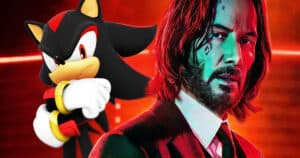
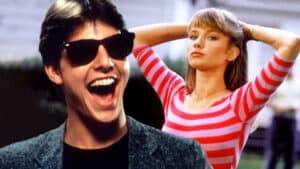
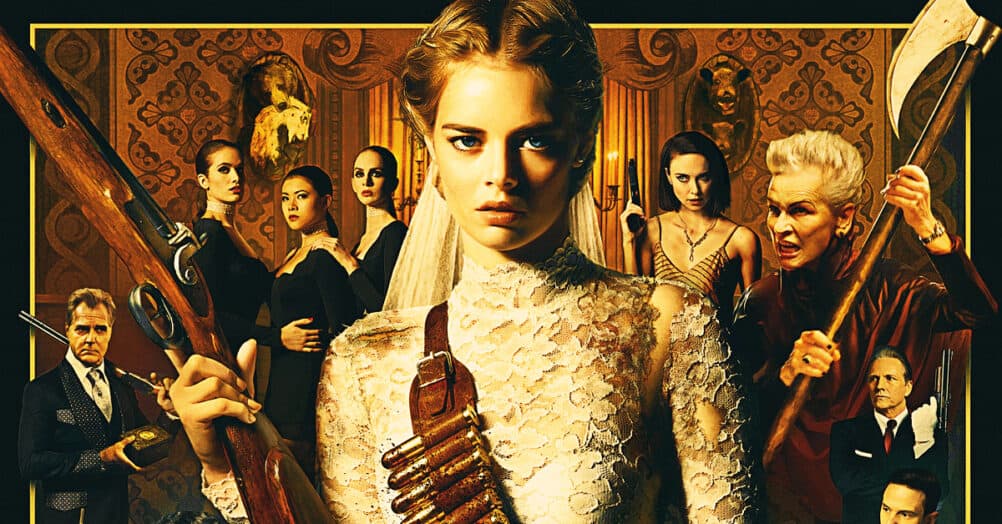
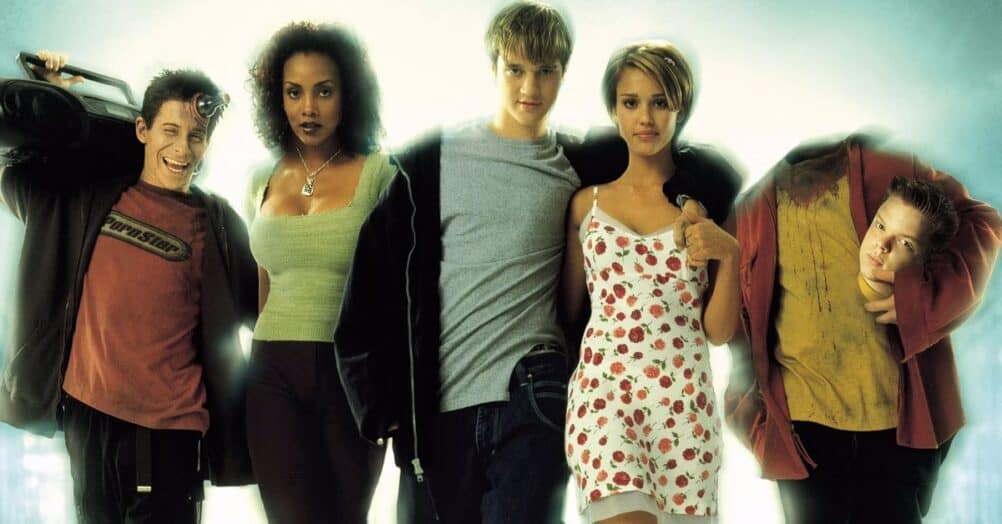
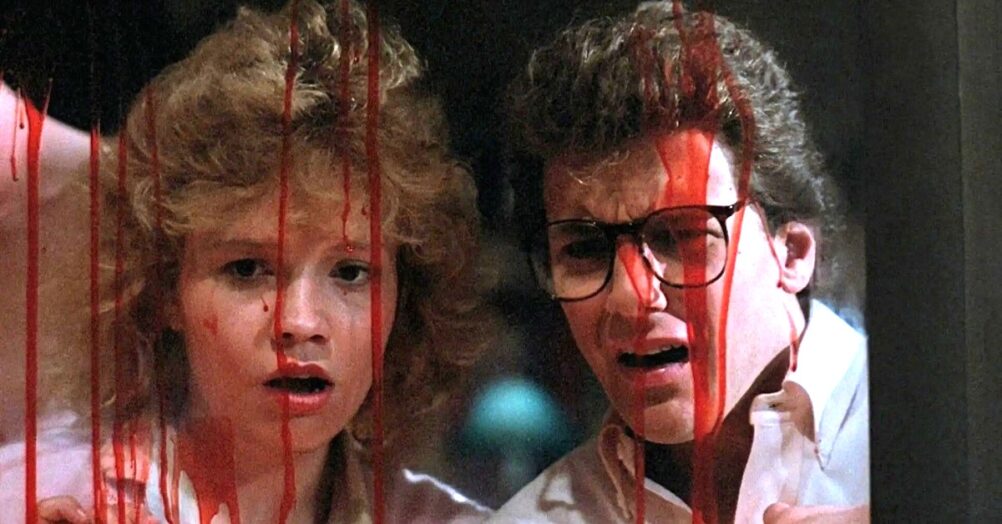
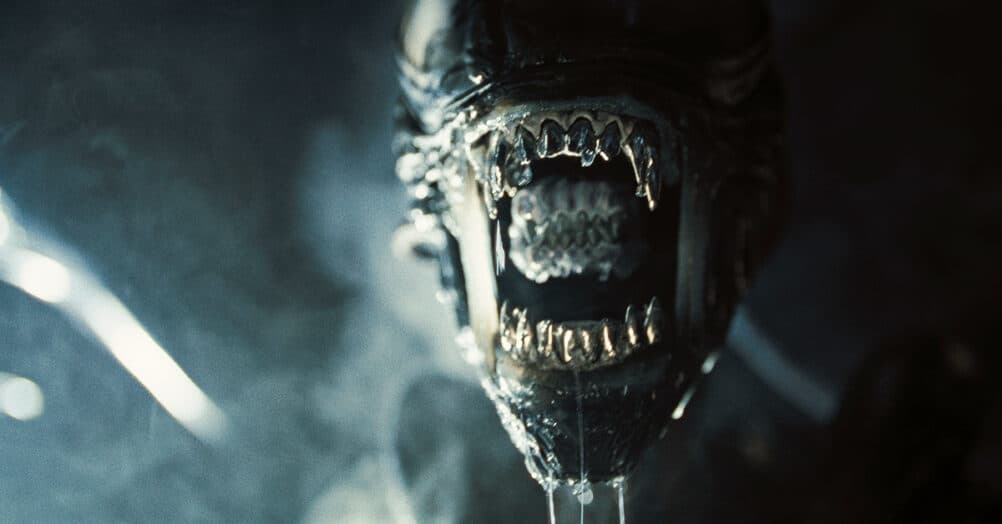
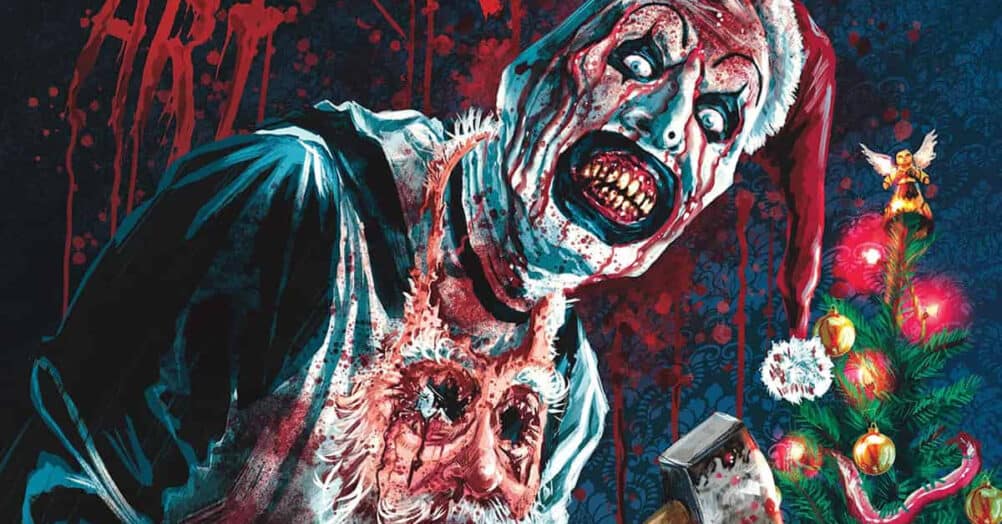
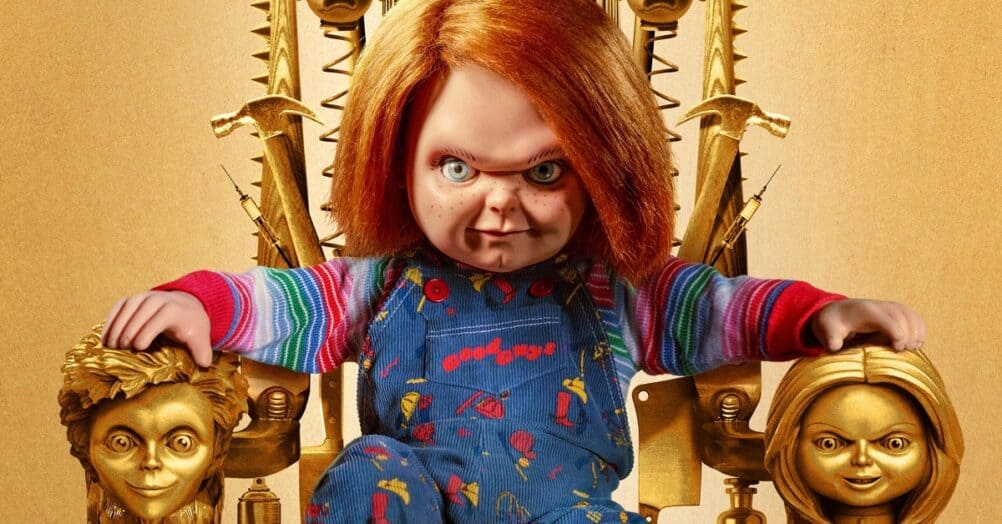
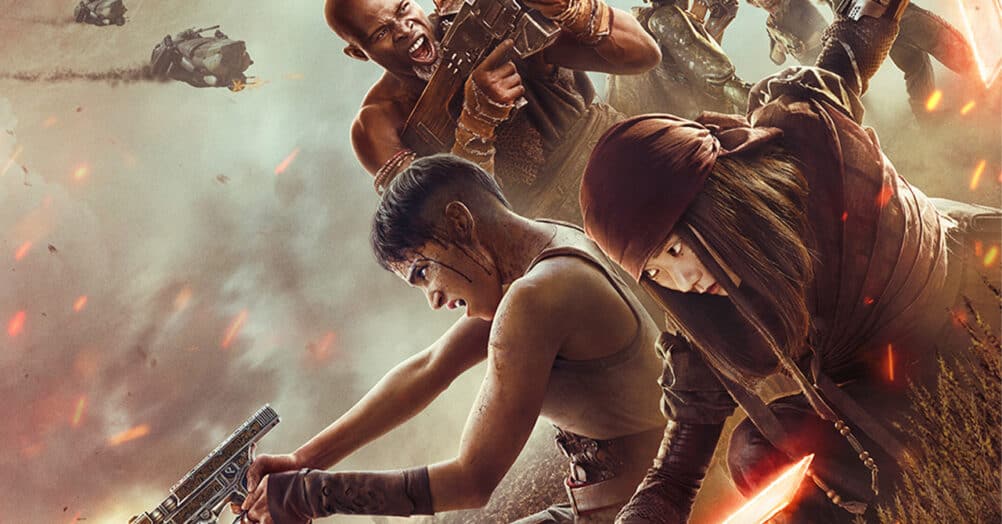

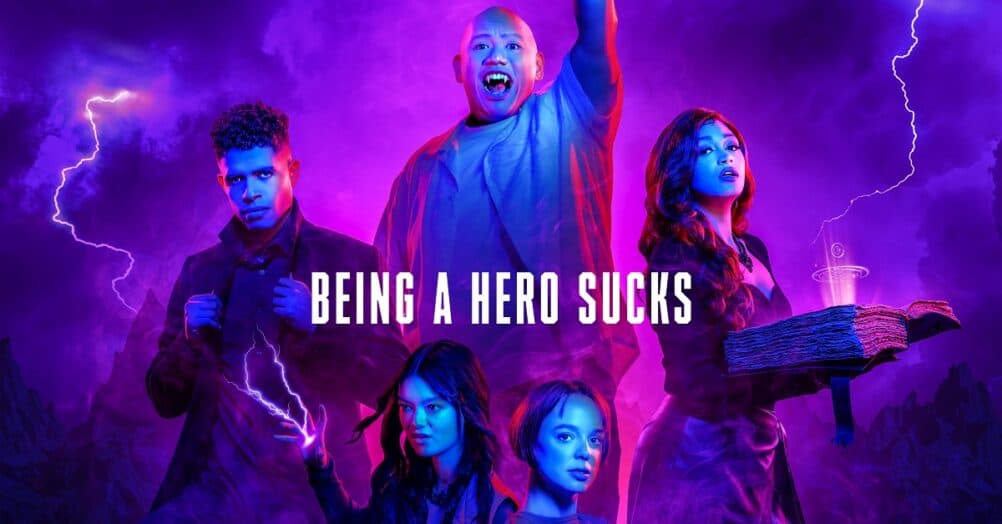
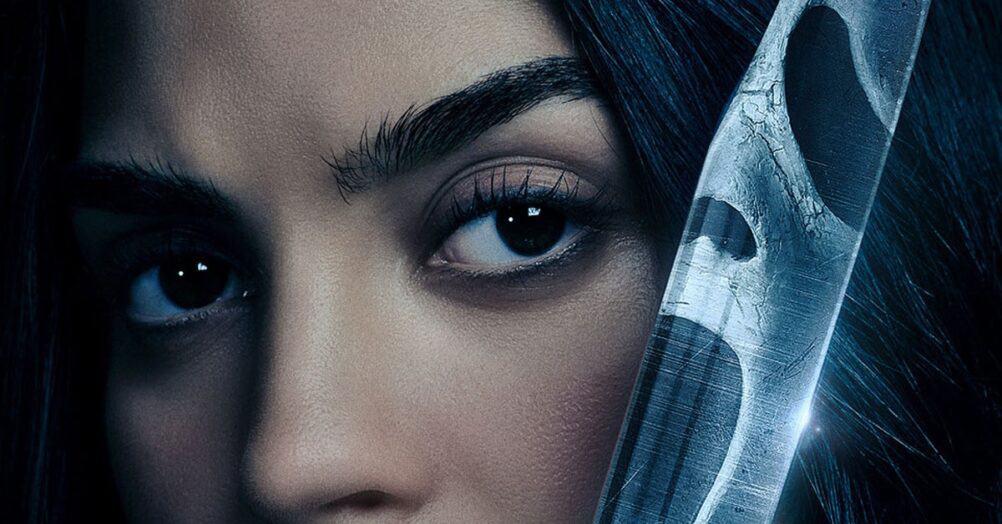
Follow the JOBLO MOVIE NETWORK
Follow us on YOUTUBE
Follow ARROW IN THE HEAD
Follow AITH on YOUTUBE